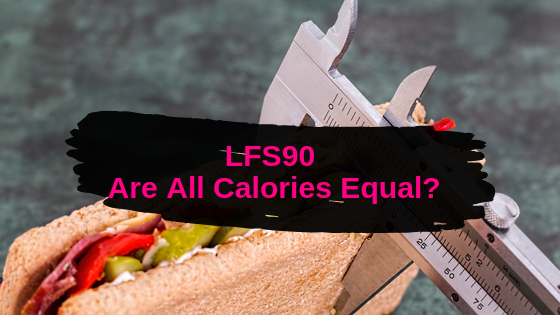
Fast and slow-digesting carbs can have a tremendous effect on your energy levels for the day.
In this post, I wanted to go over how there are pros and cons to both slow-digesting carbs, and sugary carbs, and how ‘One is Good, and One is Bad’ is simply not the case.
To start with, all carbs can be placed along a spectrum in order of how quickly they are absorbed into the bloodstream in the form of sugar.
They all end up as sugar, but how quickly this happens makes a big difference for many reasons.
The scale that they are placed on is called ‘GI’ or ‘Glycaemic Index’, again just a fancy term for ‘High GI = Sugary or fast-digesting carbs’ and ‘Low GI = Slow digesting carbs’.
They are all also rated along the scale-out of 100, with 100 being pure glucose.
Low GI Foods = 55 or less.
Medium GI Foods = 56-69.
High GI Foods = 70 or more.
Simples!

The vast majority of your carbohydrate intakes should be coming from low and medium GI carbs, with a small amount, if any from high GI.
Let me explain why.
Low and medium GI foods
Examples: kidney beans, lentils, seeds, most veg, nuts, some fruits e.g. peaches & mangos, grape juice, banana, sweet potato, brown pasta/rice.
Pros: Slow release, sustainable energy over a period of time. Focusing on these as the primary source of carbs over the week will help to stabilize blood sugar levels, avoid peaks and troughs, and keep you feeling fuller for longer!
Cons: You have to wait for your energy, it’s not fast-acting. If you’re shattered straight after a tough session, this may not be the best option at this point in time.
High GI foods
Examples: glucose, white bread, potato, corn flakes, white rice, maltose, corn syrup
Pros: If you need energy, fast, this is your bag. If you have exercise sessions back to back, using a combo of high GI food, low GI later, and protein, your muscle glycogen stores can recover 90%+ for subsequent sessions. Winner!
If you are completing a long session or endurance session (usually 60mins+) Using lower GI foods will cause digestive discomfort due to ‘Vascular Shunt Mechanism’ (basically when you exercise blood gets moved to the working muscles, and away from other areas like the digestive system), so easy digesting carb sources are essential, especially if you’re training for half/full marathon too!
Cons: Sugar peaks during the day (nothing to do with exercise or recovery) can cause horrible grogginess, you get the sugar high, your insulin levels spike, and then you get a crash-type feeling. Guess what you crave now? That’s right, more sugar. Regular sugar highs and lows can also increase your chances of type II Diabetes.
Understand Carbs
They are not ‘Good Vs Bad’. Work with your carbs. When you treat them with respect, they will do great things for you!



